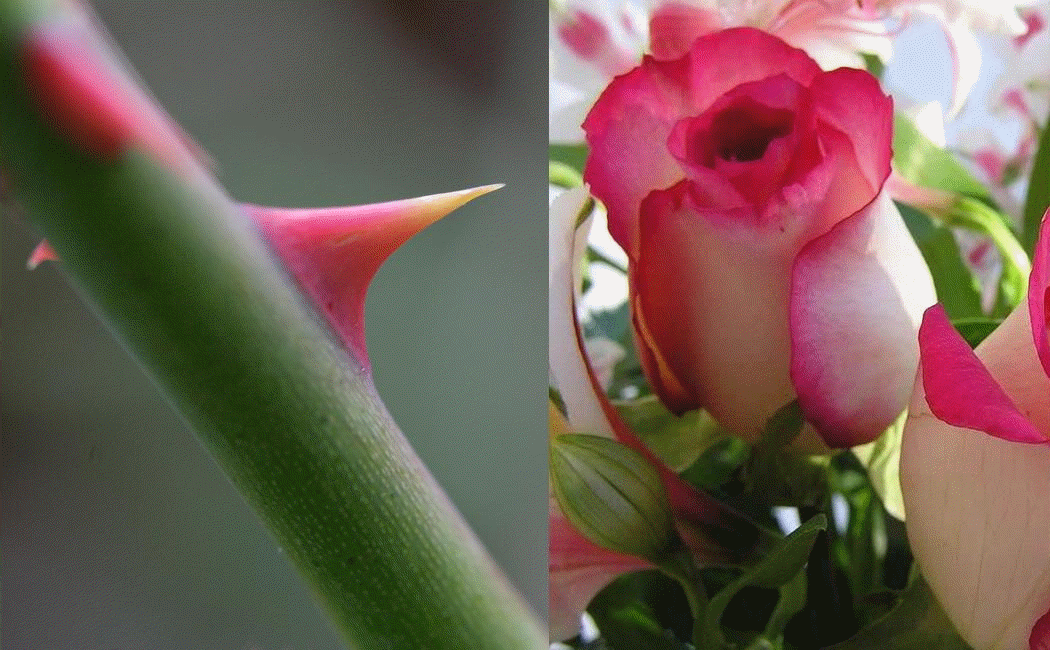 Protective spines often occur as stem outgrowths (rose).
Stems frequently perform other functions in addition to or instead of their basic ones. Modified stems with diverse functions have evolved in many plants as environmental adaptations. The chief modifications are concerned with food storage and vegetative reproduction.
Protective spines often occur as stem outgrowths (rose).
Stems frequently perform other functions in addition to or instead of their basic ones. Modified stems with diverse functions have evolved in many plants as environmental adaptations. The chief modifications are concerned with food storage and vegetative reproduction.
Stems frequently perform other functions in addition to or instead of their basic ones. Modified stems with diverse functions have evolved in many plants as environmental adaptations.
The chief modifications are concerned with food storage and vegetative reproduction. Runners are long thin stems, a type of stolon, horizontally growing on top of the ground and rooting at the nodes. e.g. strawberry, spider plant.
Horizontally–growing underground stems are termed rhizomes. They may store food, as in irises, or merely reproductive shoots, as in some grasses. E.g. Most ferns, Iris, Ginger. This capability allows the parent plant to propagate vegetatively and also enables a plant to survive underground. Tubers are swollen, underground storage stems adapted for storage and reproduction, e.g. potato. Climbing stems are fairly common. They cling or wrap around other plants or structures. They may climb by coiling round a support (e.g. runner beans), by using tendrils (e.g. vines, Most of the vines take up very little space at ground level but spreads their foliage and flowers over a large area to cover walls and fences.), or by using hooked prickles to scramble over the vegetation (e.g. blackberry). Protective spines often occur as stem modifications (hawthorn) or as stem outgrowths (rose).